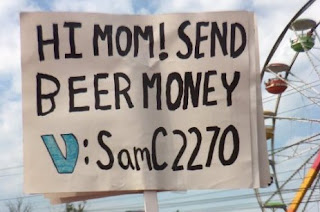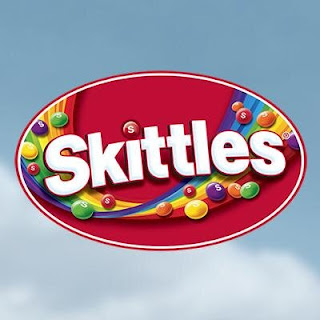This election has had its fair share of twitter drama. Which
is why this week when another attention raising tweet was sent out by one of
the candidates I wasn’t too surprised, but found myself more focused on the
brand that was dragged into it. Candidate Donald Trump tweeted an analogy
drawing a comparison between a bowl of Skittles and refugees. This sparked two different thoughts in my
mind, one when I saw the original tweet and one when I saw the Skittles brand
response.
The original tweet made me wonder how brands handle these situations
and whether or not they should have to be accountable for them. After sending
his tweet, Donald Trump drew a line of association between him and Skittles in
the media, something Skittles brand never set out to do. The brand never came
together and decided to sponsor or support the candidate, but now their names
have become buzz words together for the week. There’s really no way for the
brand to prevent this, they cannot (nor would they want to) forbid people from
speaking about their brand. But now they are forced to make some type of
response, or face the wrath of not acknowledging it at all.
My second thought came when I saw Skittles response:
"Skittles
are candy. Refugees are people. We don't feel it's an appropriate analogy. We
will respectfully refrain from further commentary as anything we say could be
misinterpreted as marketing." – Denise Young, vp of corporate
affairs Wrigley Americas
The part of this that stood out to me was the last line “…anything
we say could be misinterpreted as marketing”. This is an issue I was first
introduced to when interning for a well-known, international brand this summer.
In the heat of the Black Live Matter movement, I was able to sit in on a companywide
town hall hosted to discuss how the employees felt the company was handling the
movement. It was in this meeting I recognized that large brands taking stances
on these controversial instances goes well beyond just determining what side
they should take. This company was in the middle of determining not only the
best stance to take on the matter, but more importantly how to go about
presenting that stance. They had several focus groups testing out responses to commercials,
print ads, social media posts, etc. all of which came back with some negative
thoughts. There is an incredibly thin line for large brands between taking a
stance, and making money off tragedy. The last thing this brand wants is to be
creating “advertisements” when they are just trying to share their thoughts on
an issue. This is a huge issue often missed by outside consumers, they are
often quick to bash brands for not taking a stance sooner when often these
brands are battling an internal moral issue.



